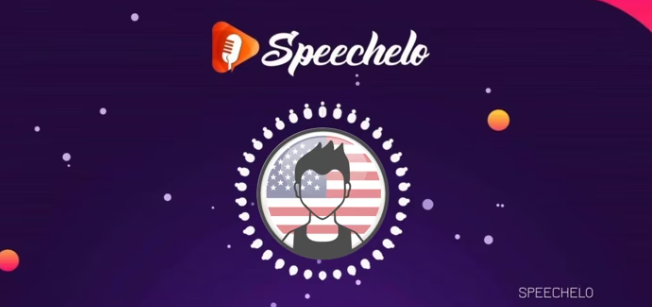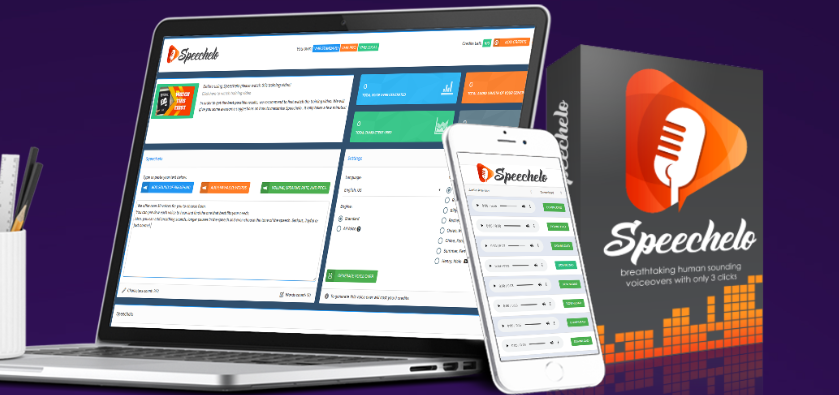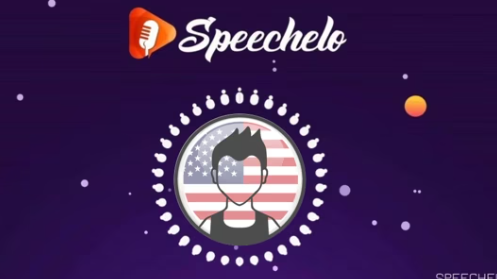Introduction to Text-to-Speech Technology
Text-to-speech (TTS) technology has seen significant advancements over the years, transforming the way content is consumed and interacted with in the digital landscape. Originally developed for accessibility purposes, TTS has evolved to include a breadth of applications ranging from virtual assistants and educational tools to marketing strategies. This evolution has brought about a heightened relevance for content creators, professionals, and businesses striving for efficiency and engagement.

One of the most remarkable developments in TTS is the shift towards more human-like voices. Early versions of TTS systems often produced robotic and monotone audio output, making it difficult for listeners to engage with the content. However, with the integration of artificial intelligence and machine learning algorithms, modern TTS solutions can generate speech that closely resembles natural human voices. These enhancements have become crucial, as users increasingly prefer content that sounds authentic and relatable.
Furthermore, the usability of TTS tools has improved significantly, allowing users to convert text into spoken words seamlessly and in real-time. Features such as voice modulation, accent variations, and emotional intonations add depth to the audio output, making it suitable for various contexts, including presentations, audiobooks, and online courses. The urgency for professionals, marketers, and businesses to adopt such technologies rests in the fact that engaging audio content can significantly enhance user experience and promote a greater connection with audiences.

In summary, the transition from basic TTS systems to sophisticated AI-driven technologies underscores the importance of these tools in today’s content-driven environment. As organizations look to enhance their communication strategies, the implementation of TTS solutions like Speechelo can provide a substantial competitive edge, making the significant advantages of this technology impossible to overlook.
Features and Benefits of Speechelo
Speechelo emerges as a sophisticated text-to-speech (TTS) AI engine designed to cater specifically to the needs of professionals seeking high-quality audio generation. A notable feature of Speechelo is its extensive library of voice options. Users are presented with an array of voices that include male, female, and even unique character voices, ensuring that one can find a suitable vocal representation for any project. This variety not only enhances the listening experience but also allows content creators to engage their audience more effectively.
Customization capabilities are another hallmark of Speechelo. The software allows users to adjust pitch, speed, and tone, enabling them to produce a voice that vividly matches the intended emotional tone of the content. This level of control also facilitates the creation of differentiated audio for various applications ranging from sales scripts to educational material, making Speechelo an invaluable asset for content creators.

Additionally, Speechelo supports multiple languages, broadening its accessibility to global audiences. With its ability to generate speech in various languages, it opens doors for businesses looking to expand their reach and appeal to a diverse clientele. The ease of integration with various platforms further enhances its utility, as users can seamlessly incorporate generated audio into popular software such as video editing tools and online presentations.
The real-world effectiveness of Speechelo is evidenced by its application in crafting persuasive sales scripts and compelling video audio. Many content creators have reported increased audience engagement and higher conversion rates, attributing this success to the captivating audio quality generated by Speechelo. With a consistently low refund rate, the platform stands out as a dependable choice for professionals aiming to elevate their content and drive substantive results.
How to Use Speechelo to Enhance Your Sales and Marketing Efforts
In today’s digital landscape, professionals can significantly enhance their sales and marketing efforts using innovative tools like Speechelo. This advanced text-to-speech (TTS) AI engine enables users to generate compelling audio content from written scripts, drastically reducing the need for traditional recording processes. To effectively harness the power of Speechelo, consider following these steps.
First, begin with crafting a well-structured sales script. To do this, focus on clear messaging that addresses your audience’s pain points and highlights the benefits of your product or service. Utilize persuasive language and keep the script concise and engaging. It’s essential to incorporate storytelling techniques to create an emotional connection with potential customers. The more relatable the script, the better the audience’s engagement will be when converted to audio.

Next, select a voice style that resonates with your target demographic. Speechelo offers various voice options, including different accents and tones. Assess your audience to determine which voice will be most appealing; whether a warm and friendly tone or a professional and authoritative one, the right choice can enhance the impact of your message.
Once your script is ready and the voice style selected, use Speechelo to generate your audio output. This process is simple, allowing you to convert text into realistic speech effortlessly. Ensure you conduct a quality check by listening to the generated audio, making necessary adjustments where needed to maintain coherence and flow.

Finally, integrate your audio content into various marketing channels. Whether used in video advertisements, podcasts, or social media campaigns, the audio produced by Speechelo can significantly improve engagement rates. By effectively leveraging this TTS tool, professionals can streamline their content creation process and enhance their sales and marketing strategies.
Real Success Stories: Speechelo in Action
Numerous professionals and businesses have adopted Speechelo, experiencing remarkable transformations in their content creation processes. One standout case is an online educational platform that integrated Speechelo to enhance their training materials. Previously, the creation of audio lessons required extensive time and resources, often leading to delays in course launches. By utilizing Speechelo’s advanced text-to-speech capabilities, the team reduced production time by over 50%, allowing them to focus on other critical aspects of their operations. This efficiency not only led to quicker course releases but also contributed to a notable increase in student enrollment, enhancing overall revenue by 30% within the first six months of implementation.

Another compelling example comes from a digital marketing agency that relied heavily on voiceovers for client video advertisements. The agency faced challenges in meeting tight deadlines and demanded high-quality output. With Speechelo, they were able to streamline the voiceover process, generating professional-grade audio within minutes instead of hours. As a result, they reported a 40% increase in client satisfaction ratings, proven by positive feedback and repeat business from satisfied customers seeking more services.
Furthermore, a prominent e-commerce business leveraged Speechelo to create engaging product descriptions and promotional content. With the ability to generate natural-sounding voiceovers, the company boosted its marketing strategy significantly. Within three months of utilizing the TTS AI engine, they noted a staggering 25% increase in conversion rates, attributed to the enhanced audio that resonated with their audience. This resulted in a consistent rise in sales figures, proving Speechelo’s effectiveness in driving engagement and revenue.

These testimonials illustrate the tangible benefits of using Speechelo in various industries. By reducing production time, increasing customer satisfaction, and driving conversions, professionals can confidently incorporate this transformative technology into their content strategies.


